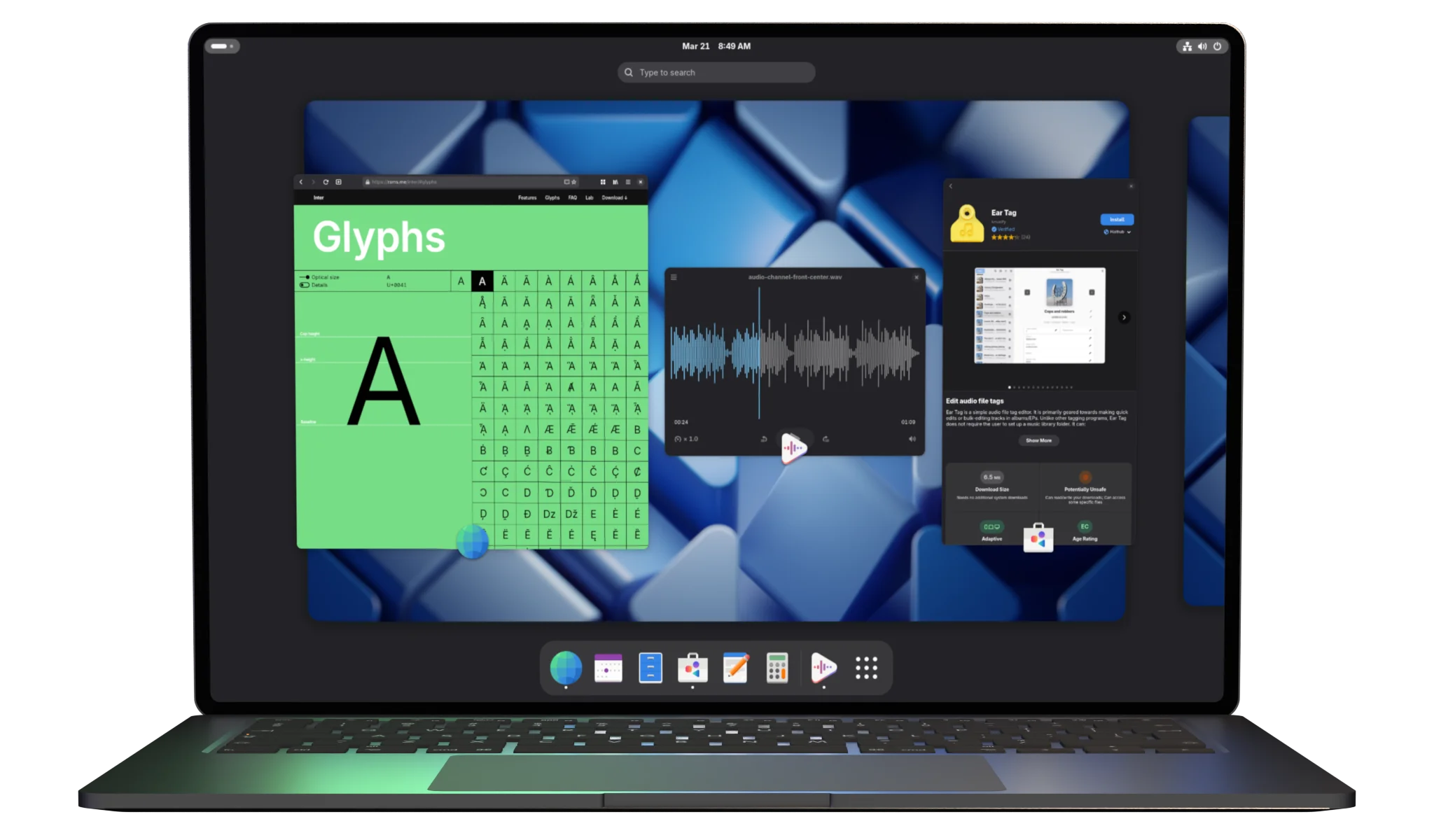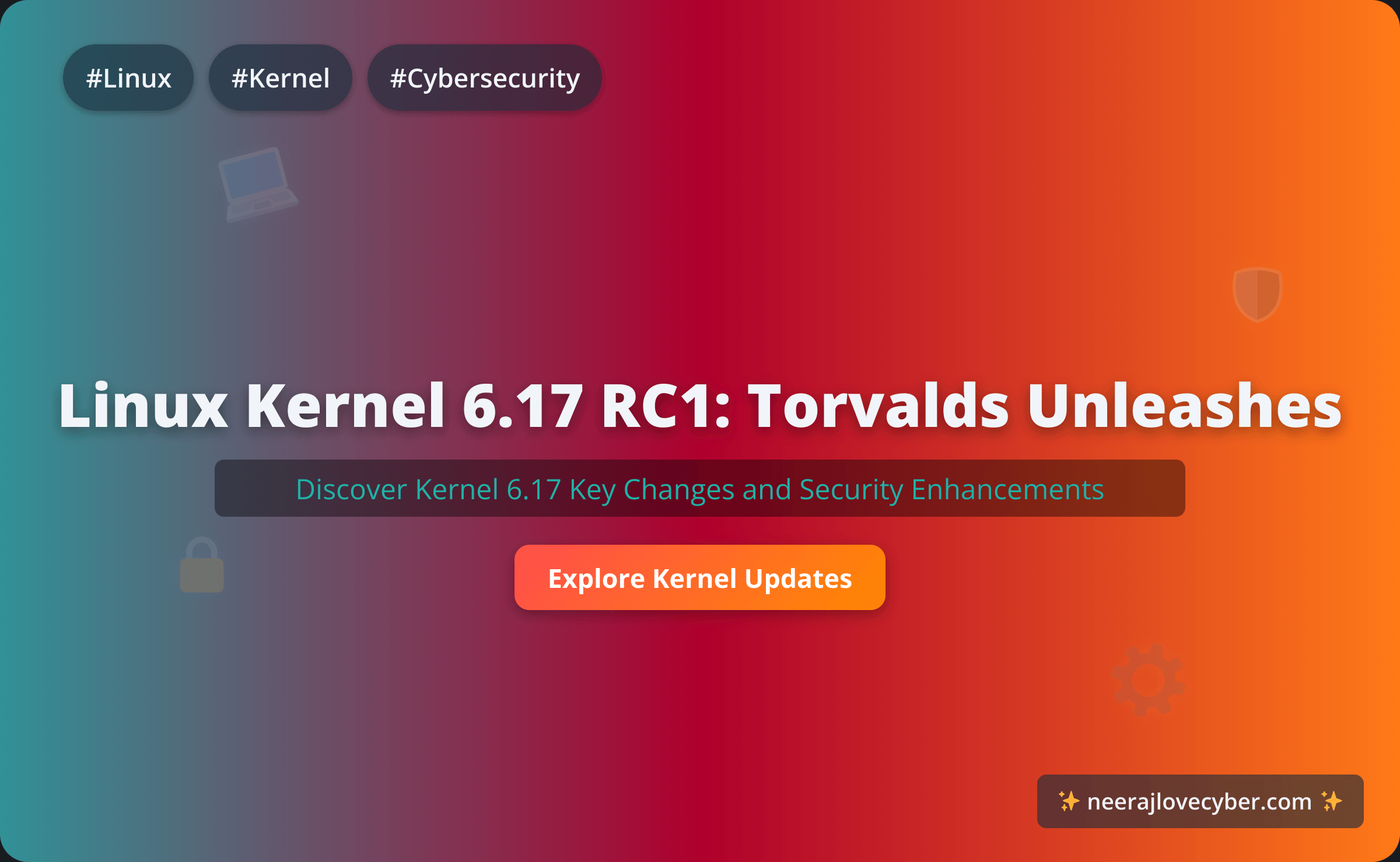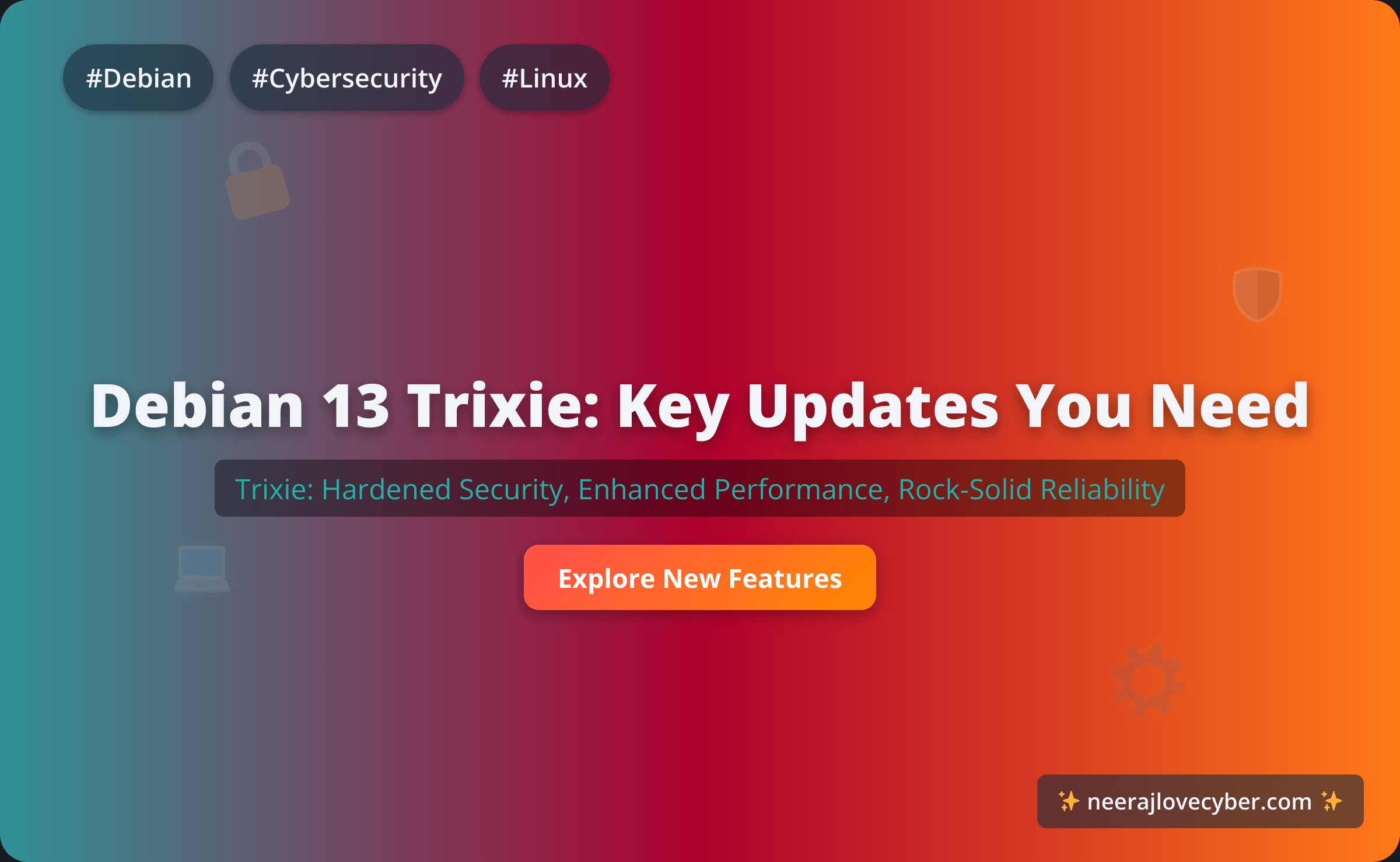· Linux Security · 3 min read
GNOME 49 Beta Arrives with Major Security Upgrades

Celebrating its 28th anniversary, the GNOME project has just rolled out the beta version of GNOME 49 for public testing. Now, this isn’t just another cosmetic update. This release signals a significant leap forward in the project’s commitment to user privacy and system security, baking in robust new features that are more critical than ever in today’s threat landscape.
Let’s be honest, for years the conversation around desktop Linux security has been a bit lax, often boiling down to “it’s not Windows, so it’s fine.” But as Linux gains traction on the desktop, it also becomes a more attractive target. The GNOME team clearly understands this, and GNOME 49 is their answer.
A New Era of Desktop Privacy Controls
The most talked-about feature is undoubtedly the new Privacy Hub. Instead of digging through various settings panels, users now have a centralized dashboard to manage application permissions.
Here’s what it controls:
- Granular Permissions: You can now approve or deny access to your camera, microphone, location, and even network access on a per-app basis.
- Data Access Notifications: The system will actively notify you when an application accesses sensitive data in the background, a feature that has been praised in mobile operating systems.
- Portal and Sandboxing Enhancements: GNOME 49 heavily improves on its Flatpak integration. The underlying Portals system, which allows sandboxed apps to request resources, has been hardened. This makes it significantly more difficult for a compromised application to break out of its sandbox and access your personal files.
Hardening the Core Experience
Beyond the user-facing features, GNOME s engineers have made substantial changes under the hood.
The Wayland protocol, the default display server, has received crucial security patches aimed at mitigating potential keylogging and screen-capturing exploits between applications. While Wayland is inherently more secure than X11, these proactive enhancements close theoretical gaps that researchers have been discussing. A lively discussion on a popular tech forum recently highlighted the importance of this, and it’s great to see the developers taking it seriously.
Additionally, NetworkManager sees tighter integration with modern VPN protocols like WireGuard. Setting up and maintaining a secure connection is more seamless, with system-wide kill-switch functionality now easier to configure.
A Call for Testers
While GNOME 49 Beta is packed with exciting improvements, it’s crucial to remember this is pre-release software. It’s intended for developers, testers, and enthusiasts who can help iron out the bugs before the final release. We don’t recommend installing it on your daily driver just yet.
But if you have a spare machine or a virtual environment, fire it up. The feedback from the security community is vital to ensuring these new features are not just functional but genuinely effective at protecting users. This anniversary release isn’t just a milestone; it’s a statement about the future of secure desktop computing.
Share this post
News Feed
Get the Hottest Cybersecurity News Delivered to You!
Thank you!
You have successfully joined our subscriber list.





